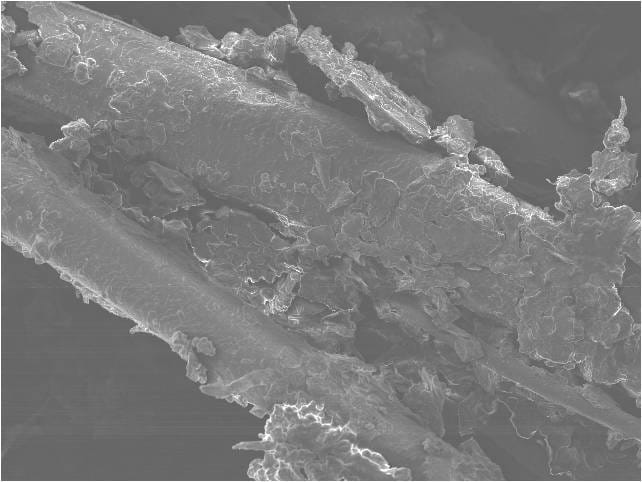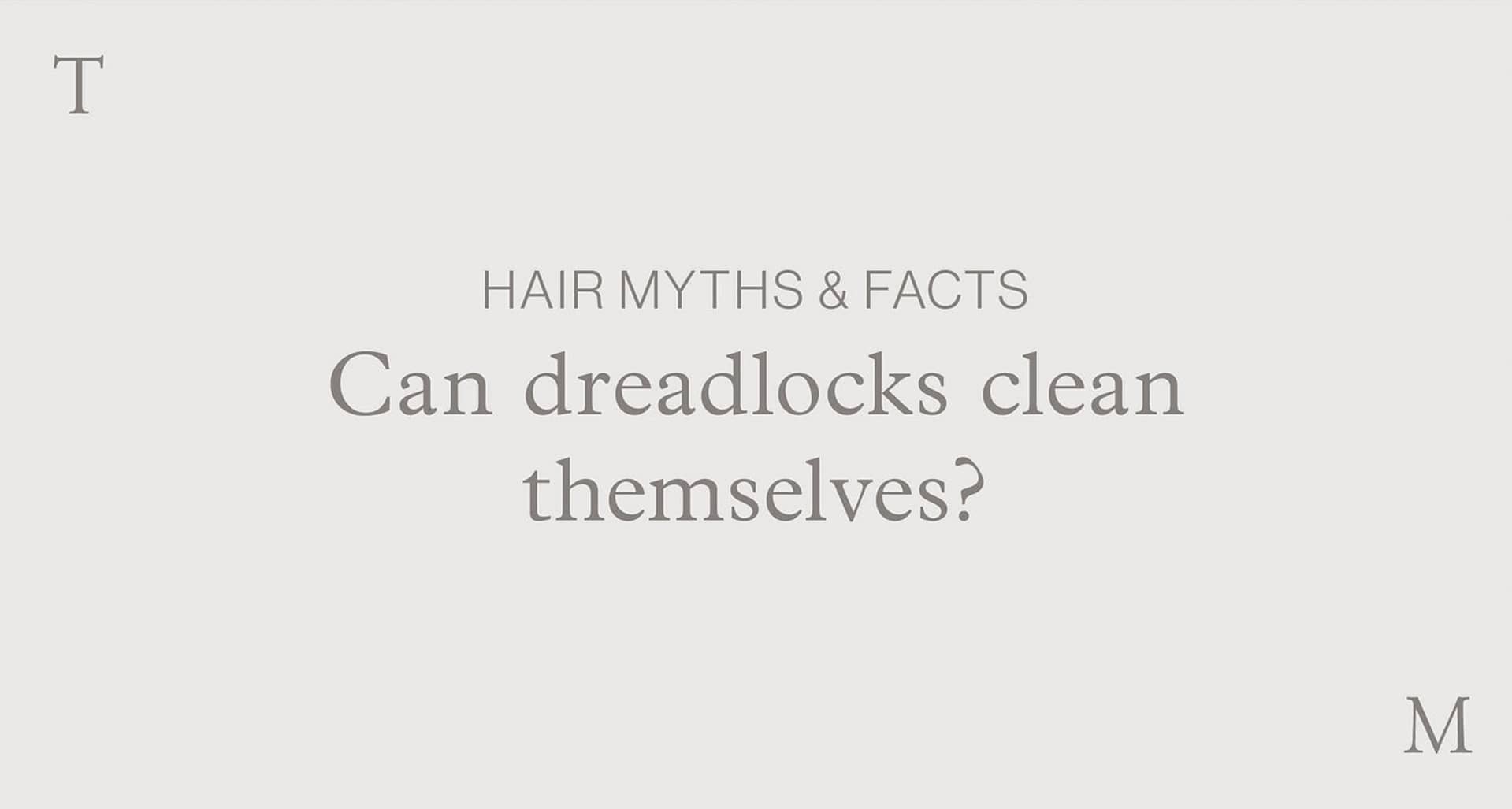
The long-standing myth states that, after some time, dreadlocks somehow clean themselves…
Unfortunately, dreadlocks do not clean themselves – a myth likely created by somebody too lazy to wash their own. Dreads should be washed at least twice per week. Having said that; hair within a dreadlock can often be in fantastic condition, protected by the sebum (skin oil) that covers them.
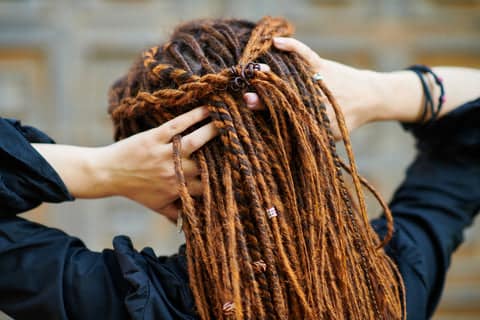
Hair near the surface of dreadlocks can be cleaned relatively easily using shampoo on a sponge, or a shampoo bar, and then rinsed out thoroughly with water. However, once you go a little deeper into the dread, the hair can become so compact and dense that it is almost impossible to clean it properly.
Magnification x100
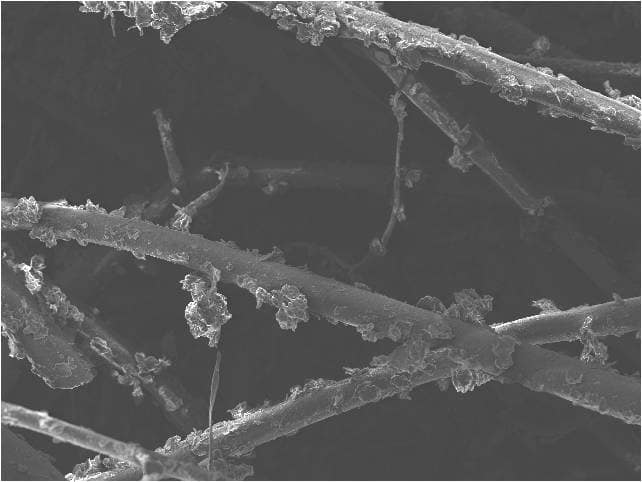
The surface of dreadlocks can often look dry and dull, but the hairs within the bulk of the dread are almost always in exceptional condition. Sebum (skin oil) permanently covers the hair allowing a high level of internal moisture retention while the structure of the hair remains intact.
The specific hair above, from inside a dreadlock, is covered in dirt & debris but is actually in excellent condition, as seen from the tightly compacted and intact cuticle scales on its surface.
Magnification x500
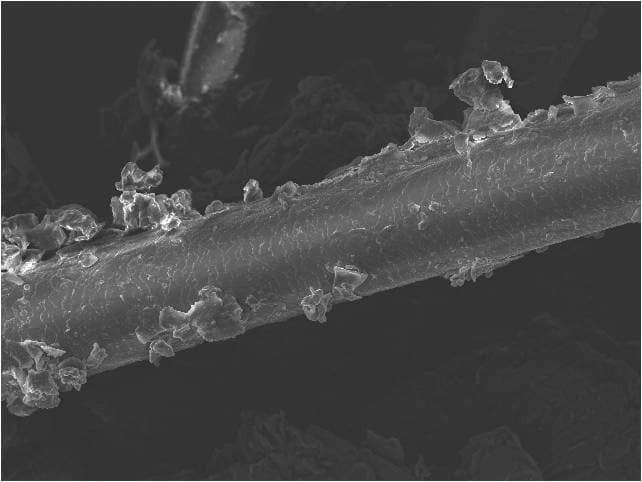
The two hairs above are covered in dirt to the extent that it is difficult to tell them apart. Debris inside a dread accumulates, adding considerable weight. Adding further to this weight is trapped hair carried within the dreads. Scalp hair has a typical lifespan of between 3 to 5 years. When that comes to an end the old hair falls out of the follicle, replaced by new hair. The old hair cannot fall away from the head because the dense bulk of the dread retains it. As old hair steadily accumulates within, more traction is applied to the hair roots, increasing the risk of hair fallout.
Magnification x500
